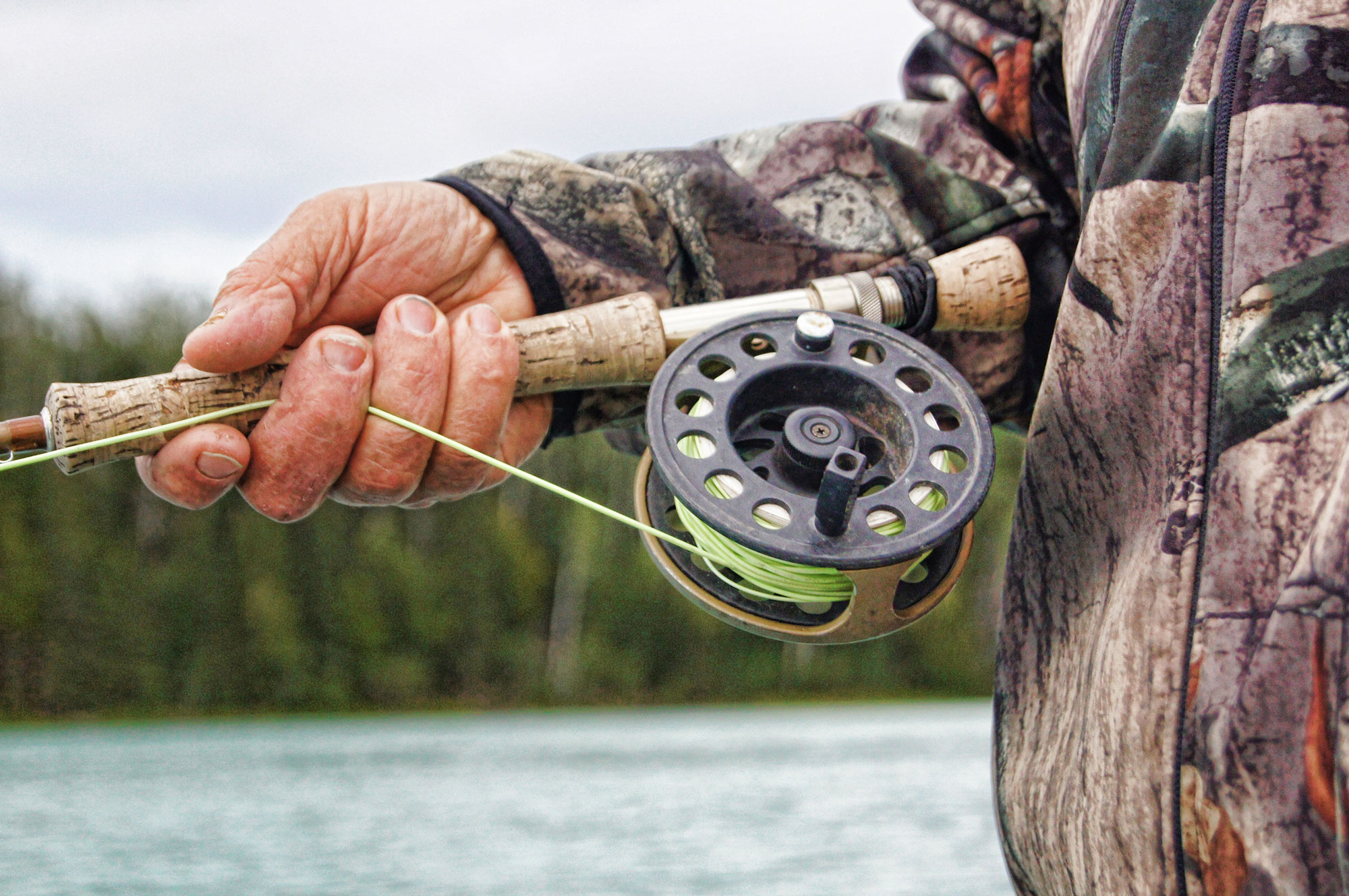How to snag brownies this trout opener
Advertisement
Brown trout
Salmo trutta
a.k.a. breac, brownie, English brown trout, European brown trout, gealag, German, German brown trout, German trout, Lochleven trout, truite, von Behr trout
Advertisement
The wariest of trout, the hard-fighting brown demands versatility from anglers to ensure early-season success. Whether fishing rivers, streams or lakes, you’ll have to try several different techniques in various types of water and structure before hooking one of these tricky trout.
“Be versatile because it’s a time of change for the fish,” says 34-year-old guide Dave Blair, who’s stalked browns in Alberta, Montana and New Zealand. The fishing can be sporadic, he says, partly because of changing weather and water conditions.
On the plus side, browns are active feeders early in the season, especially in streams they share with rainbows. That’s because the ‘bows will have moved upstream or into smaller tributaries to spawn, thus removing competition for aquatic insects and baitfish.
Advertisement
Blair, who also owns Calgary’s Fish Tales Fly Shop, says that’s the time for fly fishers to break out weighted nymphs, such as large stoneflies, San Juan Worms and bead head nymphs in sizes 14 to 18. Streamers can also be effective, especially Rabbit Leeches, Woolly Buggers and Cone Heads in sizes 4 to 8. In the West, you might enjoy hot dry-fly action at dusk on Blue Winged Olive mayfly and Parachute Adams patterns.
Spin fishers should try black- and olive-coloured jigs, rubber worms, Rattlin’ Rapalas and small spinners and spoons, including E.G.B., Mepps and Panther Martin. In the Great Lakes, browns are caught with Salmon Doctor, Alligator and Little Cleo lures. Where legal, worms and minnows can be effective. So can roe, or egg pattern flies, where browns share the water with spawning rainbows.
Advertisement
In rivers, browns tend to move around, establishing new territory. With that in mind, Blair suggests starting out in deep, slower water where the trout wintered before working nearby riffles where the most actively feeding fish often lie.
Lake anglers should focus on drop-offs near weedbeds, in water eight to 15 feet deep. Sometimes, browns will cruise shallows seeking food in late evening and at night.
Generally, the fishing is better when it’s overcast rather than on bright, sunny days. As well, browns prefer hanging around structure-submerged logs, beaver houses and rocks-or in natural indentations along banks rather than in featureless water.
Wherever you fish, though, you need a stealthy approach, whether that means wading silently, casting carefully, trolling long lines or simply keeping quiet in the boat. Anything less and the only thing that will help you outsmart a crafty brown is pure luck.
Trout tip: Catch-and-release
Catch-and-release is becoming increasingly popular among conservation-minded trouters eager to ensure a future full of fish and fishing. However, it’s crucial to handle fish carefully if they are to survive after release.
That means bringing them in quickly rather than prolonging the fight. And don’t squeeze them too hard or hold them by the gills. Nor should you keep fish out of water for long. How long? Imagine your own head held underwater against your will and you’ll get a pretty good idea how long is too long to keep fish out of water.
When selecting your tackle, meanwhile, remember that spring fish are not yet in prime shape after the long, tough winter, making them more susceptible to injury and stress. As a result, make sure you use enough rod to get the job done while minimizing the fighting time for fish you plan to release.

